Choosing a soil for Achatina snails
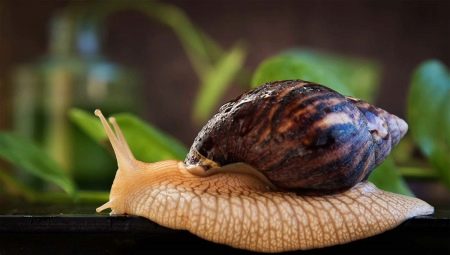
Achatina is a tropical snail with impressive size. She is often chosen for keeping at home. In order for the mollusk to feel comfortable, you need to provide it with the right conditions. How seriously the owner approached the choice of terrarium and soil affects the life and health of the snail, as well as its ability to reproduce.
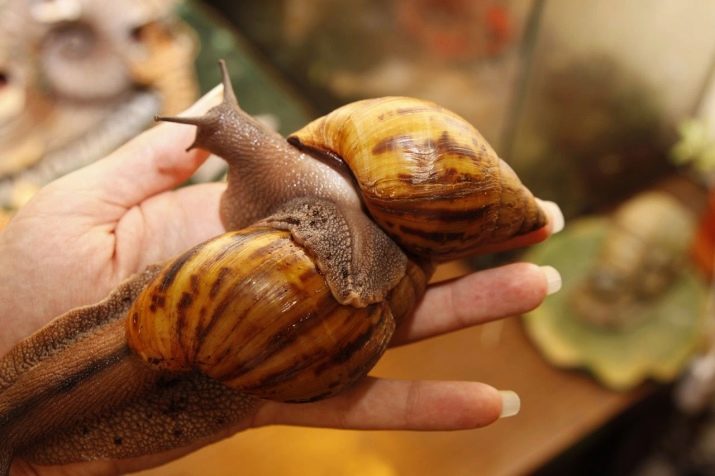
The value of the soil for the snail
The filling material for the aquarium plays a very important role. It is with its help that you can partially recreate the natural living conditions. In addition, the soil has other useful functions. It is the soil that allows you to maintain the humidity in the mollusk dwelling at the proper level. Drying out is extremely undesirable, however, you should not overdo it with moisture. Standing water will smelt. It is enough to spray with a spray gun several times a day.
The layer of soil must be sufficient so that the Achatina can be completely buried in it. To do this, you need to fill it with a thickness of 5-12 centimeters.
It is in it that egg clutches are made. Also, due to the soil, the safety of the mollusk is ensured. If accidentally dropped, it will help soften the impact, and the snail will not damage the shell. For this very reason, the entry of solid objects into the aquarium should be avoided.

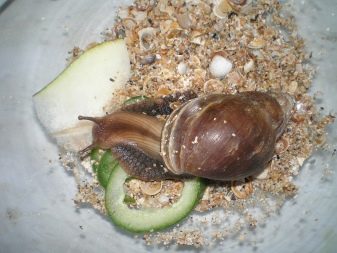
Substrate types
The soil for this type of snails can be selected in different ways. It all depends on the preferences of the owner and material capabilities. Let's present the most popular and reliable options. Achatina owners often prefer to use coconut meal. It is also convenient in that it is easy to clean and dry, therefore it is suitable for repeated use. This substrate is sold both in finished form and in briquettes.If the choice is made in favor of the second option, the meal must be prepared independently. To do this, the briquette is poured with hot water, cooled, washed through cheesecloth, and then dried thoroughly.

Peat can also act as soil. It is sold, for example, in flower shops. However, it is necessary to clarify that the peat does not contain flower fertilizers, since some of them can seriously harm Achatina.
Natural material collected from the forest on your own must be calcined in an oven at a temperature of 200 degrees for 15 minutes. Warming up will help disinfect the peat, remove bacteria and parasites. You can use ordinary earth, but in this case, calcination is also required. This option has its advantages, since this type of soil retains moisture well, and it is also very loose.
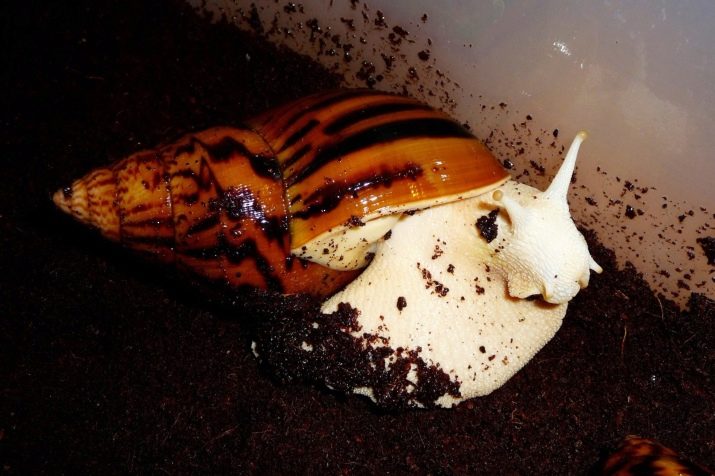
The owners of Achatina often use peat moss. Flies and bacteria do not develop in it.
Also, moss perfectly retains moisture, which, in turn, simplifies maintenance. You can add dry leaves to it or other types of soil. However, experts do not recommend getting carried away with this, as moisture absorption worsens. Leaves must first be washed and dried. As mentioned above, most types of soil do not need to be purchased in the store, they are easy to get in the wild. However, handling in these cases should become mandatory, otherwise the use of filler may be unsafe for the shellfish.
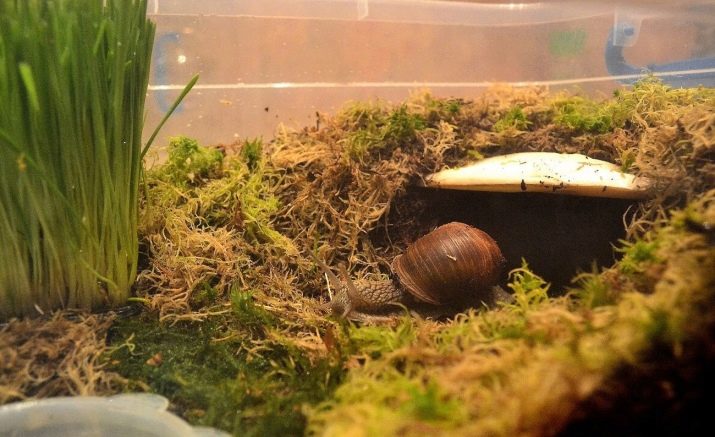
Unsuitable types of filler
While there are many types of soil suitable for keeping a snail, owners need to be aware of what kind of bedding should not be placed. Prohibited material can harm the mollusk and even lead to its death. Sawdust is prohibited. They can not only scratch the snail, but are also dangerous with splinters that lead to inflammation and even death. Also, it is because of such a filler that the sink becomes covered with a white bloom, which cannot be removed later. Moisture will collect and stagnate at the bottom of the aquarium, which threatens the appearance of midges and mold.
It is also not recommended to use sand. It scratches the delicate body of the mollusk, and once it gets into the esophagus, it is not completely excreted from there.
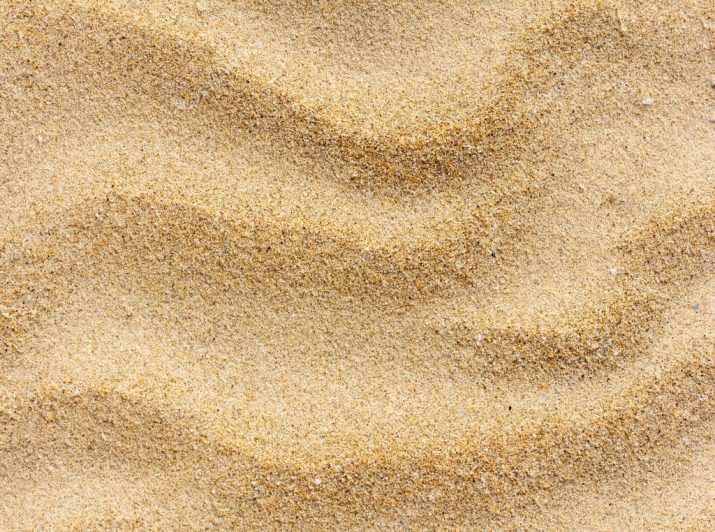
Another disadvantage of this type of filler is the inability to keep moisture, scratches on glass and plastic. As for the pebbles, they also do not absorb water. If the snail falls on such a filler, it can crack the shell. It is impossible to burrow into pebbles because of its weight, and besides, it is problematic to hide eggs there. Clay is not suitable for the reason that it turns into mud on contact with water. Also, movement on such a surface is not very convenient for the snail.
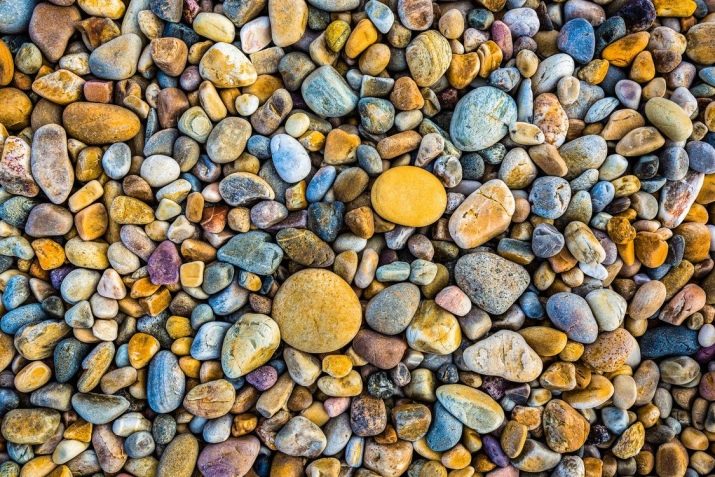
Also, the snail will not hurt to swim in warm water. Regardless of the type of filler chosen for the clam, it must be replaced once a year. It is worth hiding the container from direct sunlight. If the room temperature is insufficient, use of electric heaters is allowed.
Replacement of soil
Replacing the soil in the aquarium is a snap. However, the process requires adherence to basic guidelines. The snails need to be moved to another container. Feeders and decorative items are thoroughly washed under running warm water. In case of severe contamination, you can pour boiling water over them. The soil is poured out with gloves and a scoop. The aquarium itself is thoroughly washed without the use of chemicals.
The old soil can be doused with boiling water, rinsed well, dried and placed back in the aquarium, but at least a little new material must be added.
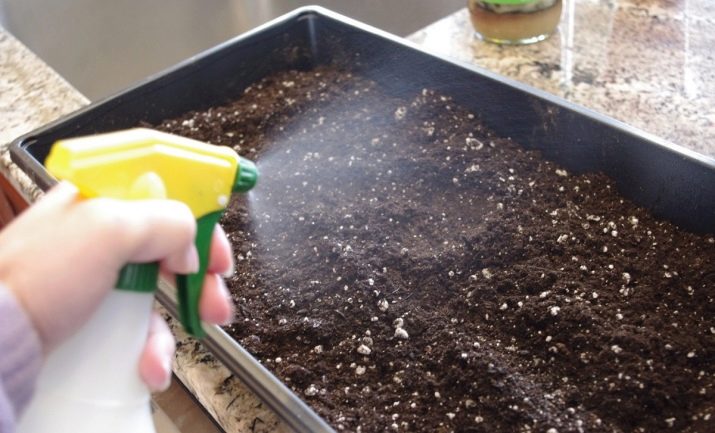
The exception is when parasites appear. In such a situation, the filler is thrown away and completely replaced with a new one.
It is best to change the soil 1-2 times a month. This is necessary because the snail's waste accumulates inside and begins to smell unpleasant. There is a risk of insects and parasites.If there is a clutch of eggs in the aquarium, the soil must not be changed. Otherwise, the humidity changes, which can lead to the death of the offspring. An exception is also the appearance of parasites.
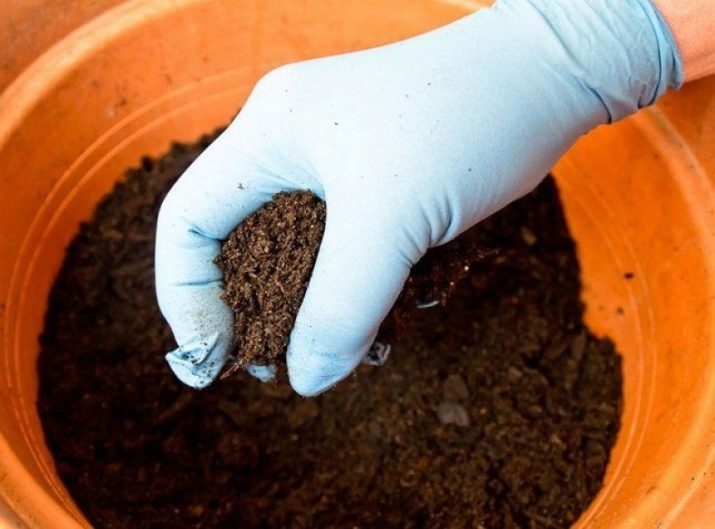
Useful Tips
The snail can be considered a rather specific pet, however, and it has its fans. The owners note unpretentious care and the ability to reproduce quickly. As for Europe and Russia, in the natural environment, the mollusk is not found here. Most often it is wound up for decorative purposes. If you want to decorate your aquarium, it's easy to do. The main thing is to think about the safety of the mollusk. You can use natural elements such as moss or beautiful driftwood. However, we must not forget about disinfection.
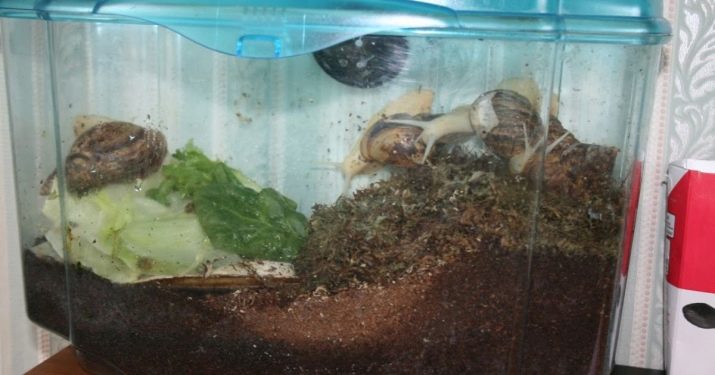
Chemical compositions cannot be used to wash the aquarium; it is enough to wipe the walls with a damp cloth.
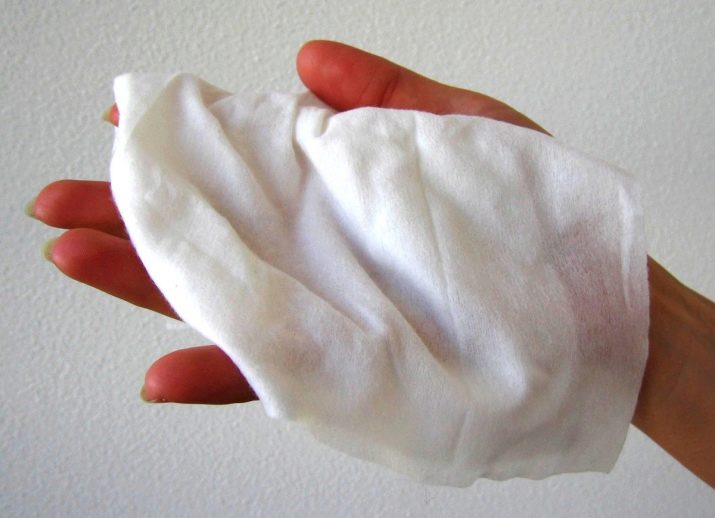
As for grooming, it is advisable for adults to install a bowl of clean water. In order for the humidity to remain at the required level, the lid must always be tightly closed. First, leaving is not burdensome for the owner. Secondly, she does not need walks. Also, one cannot fail to note the minimum maintenance costs.
Achatina is a very quiet pet, it is especially active at night, however, provided there is sufficient humidity, it can appear in the daytime. If the temperature drops below +9 degrees, the mollusk hibernates.
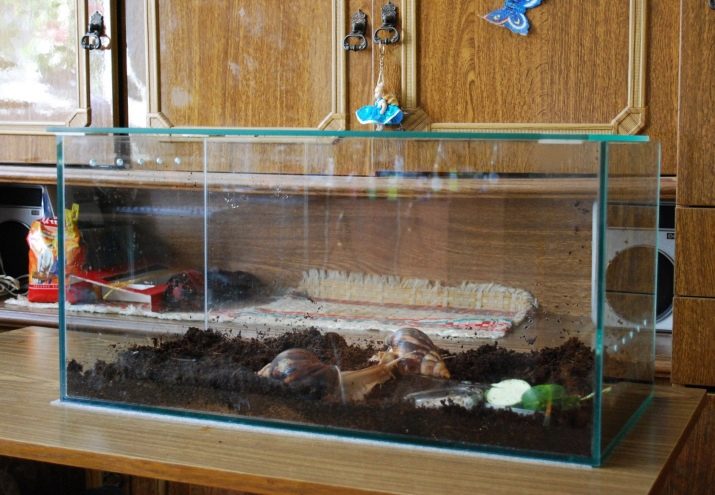
When creating a microclimate, one must not forget that Achatina is a tropical mollusk. It needs warmth and moisture to be comfortable. It is best if the air temperature is kept at 25-28 degrees. If the room is cooler, the snail will become less active. We must not forget to regularly spray the pet's home with water. Containers made of glass or plastic are considered the best house for clam. Ventilation must be provided so that there is sufficient supply of fresh air. It is also necessary to ensure that the top lid of the container is heavy and does not move, otherwise there is a risk that Achatina will run away.
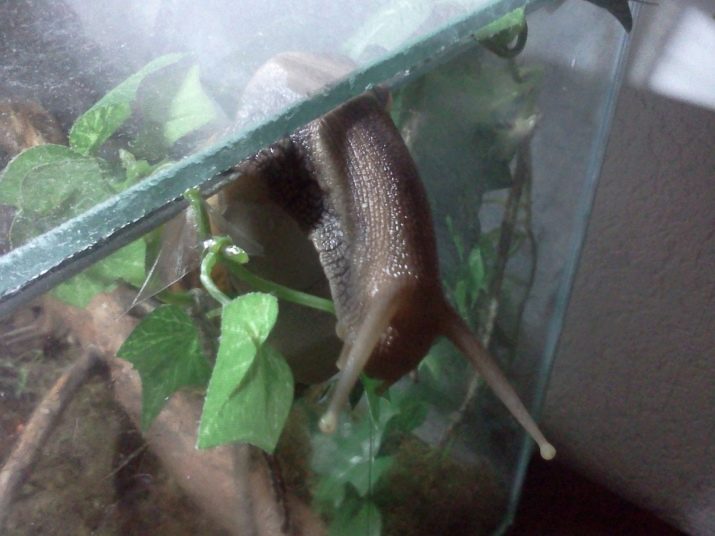
The cover must also have ventilation holes. However, you shouldn't overdo it with ventilation.
How much water is enough for Achatina can be understood by its behavior. Hidden in the shell, the mollusk signals dryness in the aquarium, and sitting on the walls for a long time, on the contrary, signals excessive moisture. If the owner needs to leave for a while, the snail can be provoked into hibernation. For this, dryness is created in the container. To wake up the clam, it should be placed under a stream of warm water. You should be guided by the size of the snail, too small individuals can squeeze into the holes, because they move perfectly along the walls and lid. Also, experts recommend giving up bark and sawdust. Your pet's delicate body can be easily scratched.

Snails feed on plant foods. Soft plants are great. At a young age, Achatina will give preference to living plants, in a more solid one, rotting remains will do. Most often, at home, mollusks are fed with cabbage, cucumbers, zucchini and other not too hard vegetables.
A pet will not be able to actively grow and develop without protein and calcium. Therefore, it will be useful to spoil him with pieces of boiled chicken from time to time. Porridge made from a cereal mixture is also suitable. Pickles and smoked products are prohibited. At a tender age, snails should not be given a lot of food, as they will tend to bury themselves in it, which can lead to suffocation.
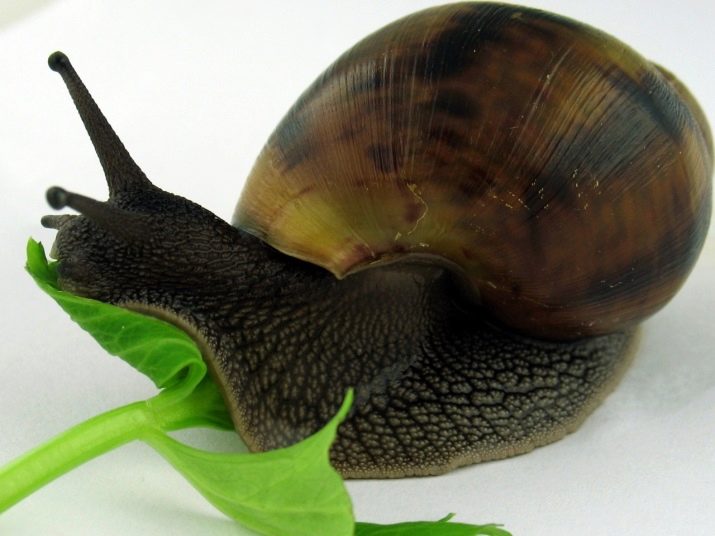
Achatina is a land mollusk. Its length can reach 30 centimeters, which is an impressive value. The natural habitat is the tropics. As for France, Achatins are very popular there. They multiply and grow very quickly. This makes it possible to actively use such snails in local cuisine. As for living in its natural environment, the snail is quite harmful to agricultural crops.Sugarcane is considered her favorite delicacy. Besides, Achatina suffers from a lack of calcium, so it scrapes lime off the walls of buildings with a sink... This causes them significant harm.
What soil to choose for Achatina snails, see below.








